Jail as Social Housing
Towards a Jail-less FutureTeam: The Madras Office for Architects and Designers
Social commentary on the conditions of Indian jails and social housing in today’s context. The project was developed in collaboration with The Madras Office for Architects and Designers (MOAD). I undertook the role of design research and setting up a speculative method to arriving at a jail-less future. This project was submitted for the National Level Architectural Design Idea Competition for Jails.


Collages: Typology and Site
Purpose of Jails
The governance of punishment was originally associated with powers of the king or the monarchy. Dependent on collective hostility towards criminals, corporal punishment and execution were highly publicized events. Imprisonment, while it did exist, only gained traction in the 19th century. The sophistication of jailing as a form of discipline came with the colonial powers. Over the course of their time in India, jails became known as correctional facilities where inmates had to spend specific timed sentences as per their crime.
In contemporary times, Increasing headlines of custodial deaths, the lack of transparency in committees investigating these deaths, and lack of access to information on the condition of inmates by monitoring organisations in various prisons across the country puts the accountability of prisons in great jeopardy.
The governance of punishment was originally associated with powers of the king or the monarchy. Dependent on collective hostility towards criminals, corporal punishment and execution were highly publicized events. Imprisonment, while it did exist, only gained traction in the 19th century. The sophistication of jailing as a form of discipline came with the colonial powers. Over the course of their time in India, jails became known as correctional facilities where inmates had to spend specific timed sentences as per their crime.
In contemporary times, Increasing headlines of custodial deaths, the lack of transparency in committees investigating these deaths, and lack of access to information on the condition of inmates by monitoring organisations in various prisons across the country puts the accountability of prisons in great jeopardy.
Rehabilitation is the process of returning to a healthy or good way of life, and the process of helping someone do this.
Incarceration practices are creating a permanent underclass in our society. The effect of imprisonment goes beyond the walls of the jail, affecting the families of inmates and future opportunities for inmates. Reformation and rehabilitation are lost in the need for retribution. Do we know how prisoners fare after their release?
According to prison statistics of 2018, there was a total of 4,66,084 inmates across India of which only 2,250 have been rehabilitated. - Prison Statistics India


Who falls in this inequality?
The prison population shows rampant inequality in policing society. Problems of society like, income disparity, caste and religious discrimination, disabilities, all feed into crime rates. Institutions like jails do not provide a means to resolve such problems.
In 2018, only 0.3% inmates were provided legal aid.
The prison population shows rampant inequality in policing society. Problems of society like, income disparity, caste and religious discrimination, disabilities, all feed into crime rates. Institutions like jails do not provide a means to resolve such problems.
In 2018, only 0.3% inmates were provided legal aid.
There is need for:
‘Respect for prisoners’ inherent dignity; Medical and health services; Disciplinary measures and sanctions; Investigations of deaths and torture in custody; Protection of vulnerable groups; Access to legal representation; Complaints and independent inspection; and Training of staff’
- Nelson Mandela Rules
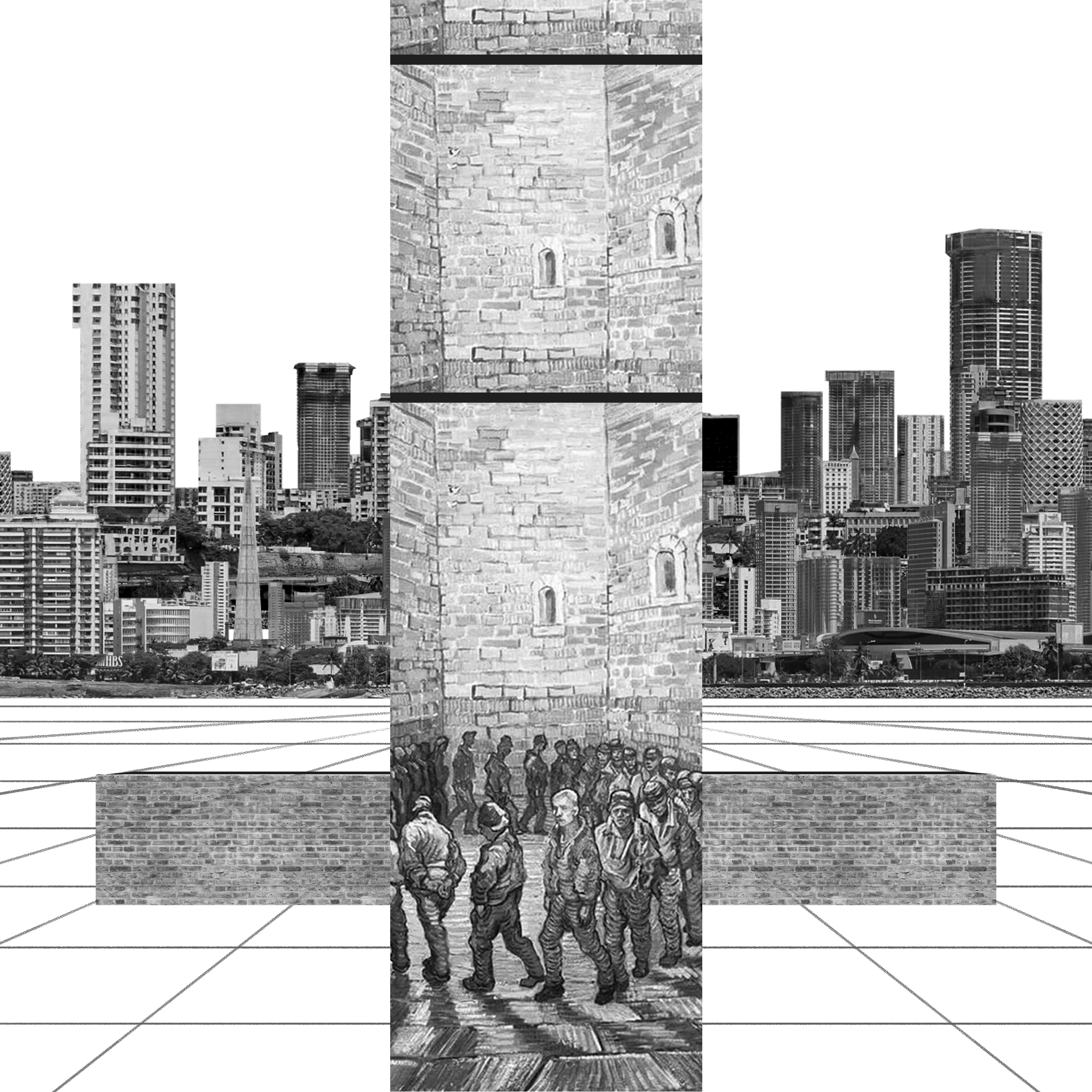
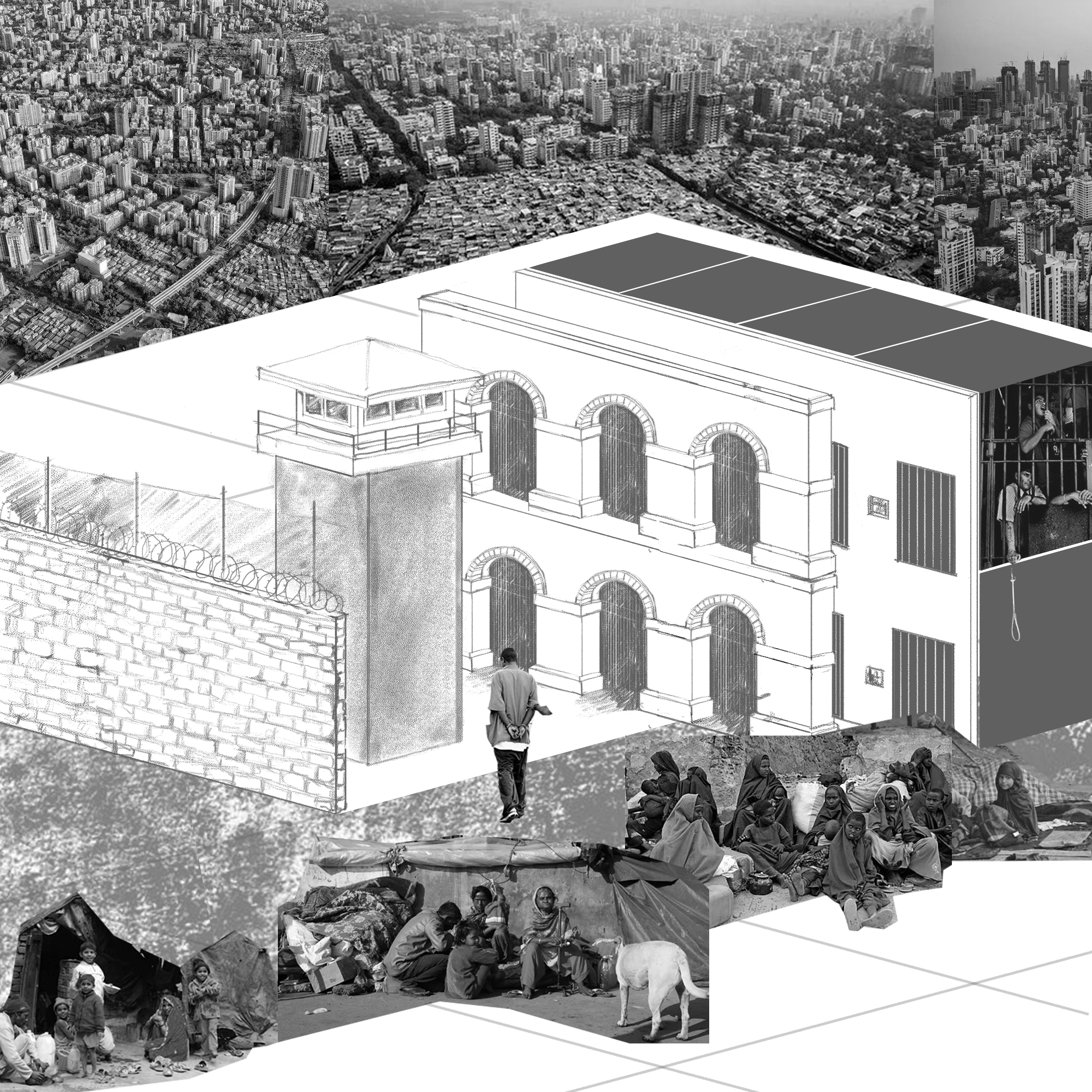
Collages: Jail in the City
Typical prison architecture like high walls, fences, watch towers, window grills, all indicate separation and emphasize security. While prison ideology is not questioned in this framework, the necessity for existing penal architecture is. Jails can function as isolated units but still within society.
There is a need for jails to become the ‘good neighbour’ in order to avoid alienation and stigmatization. Although still separated from society, the intention must be towards deinstitutionalizing jails by creating a social, city-like experience.
There is a need for jails to become the ‘good neighbour’ in order to avoid alienation and stigmatization. Although still separated from society, the intention must be towards deinstitutionalizing jails by creating a social, city-like experience.
There are 1,350 jails in India. Apart from those that host tourists, a majority of them have monitored media coverage. What is primarily understood about jails is what society consumes in the form of entertainment.
While function like an island city, there must be guided public interaction with the jail in the form of:
Access to legal representation;
Easy access to visitation from family;
Transparency to monitoring organisations;
Training of staff
While function like an island city, there must be guided public interaction with the jail in the form of:
Access to legal representation;
Easy access to visitation from family;
Transparency to monitoring organisations;
Training of staff


Collage and Statistics: Jail vs. Social Housing
An equitable and intelligent distribution of government resources coupled with an increased expenditure on housing the poor will in turn have an effect on reduction of crime.
With the poor application of social housing, reusing such a site offers the chance to provide better facilities. However, this poses the question: if funding for social housing was greater, would prison populations drop?

Daily Prison Schedule: Timeline of a Day




Design Drawings: Creating Transparency

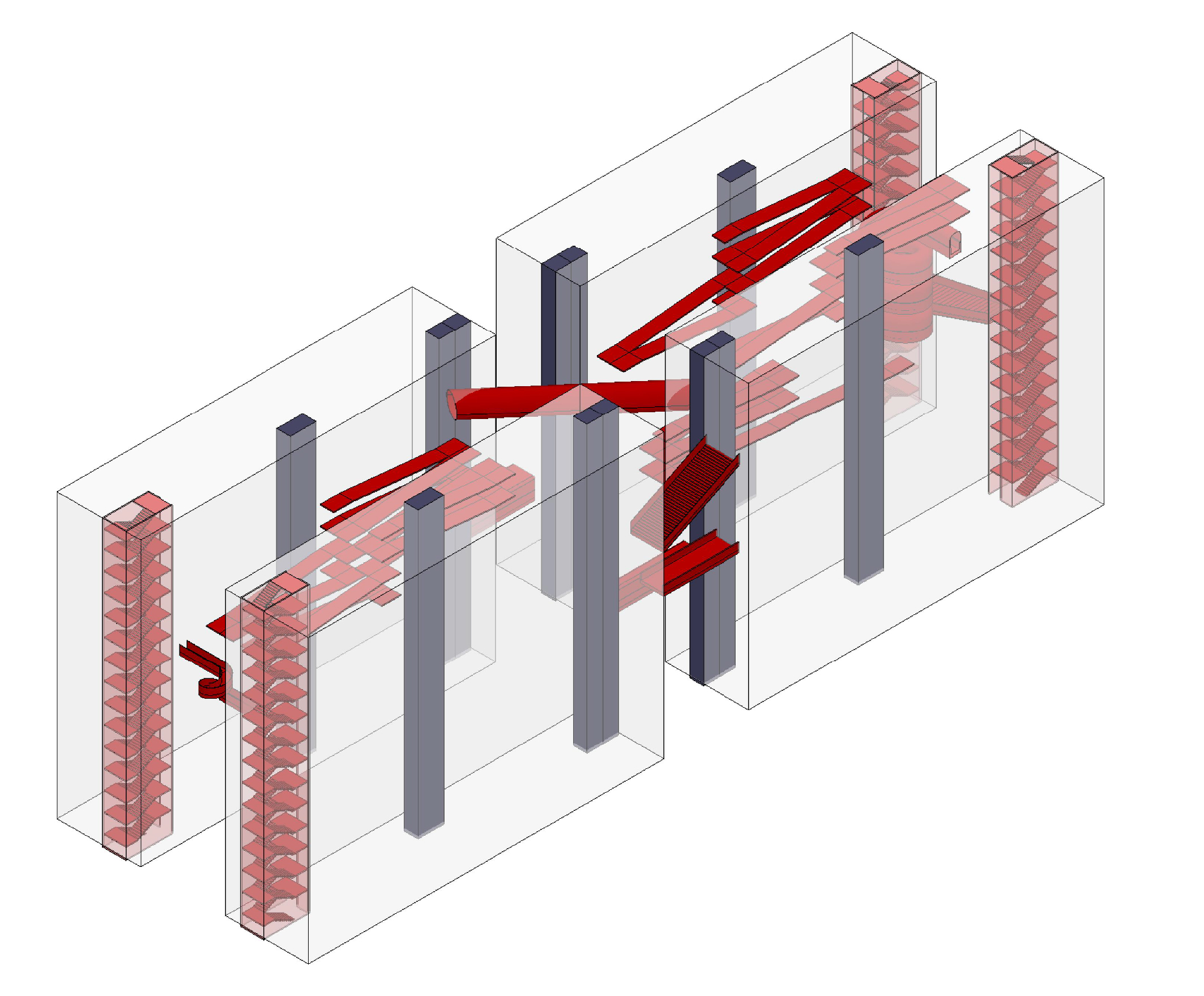
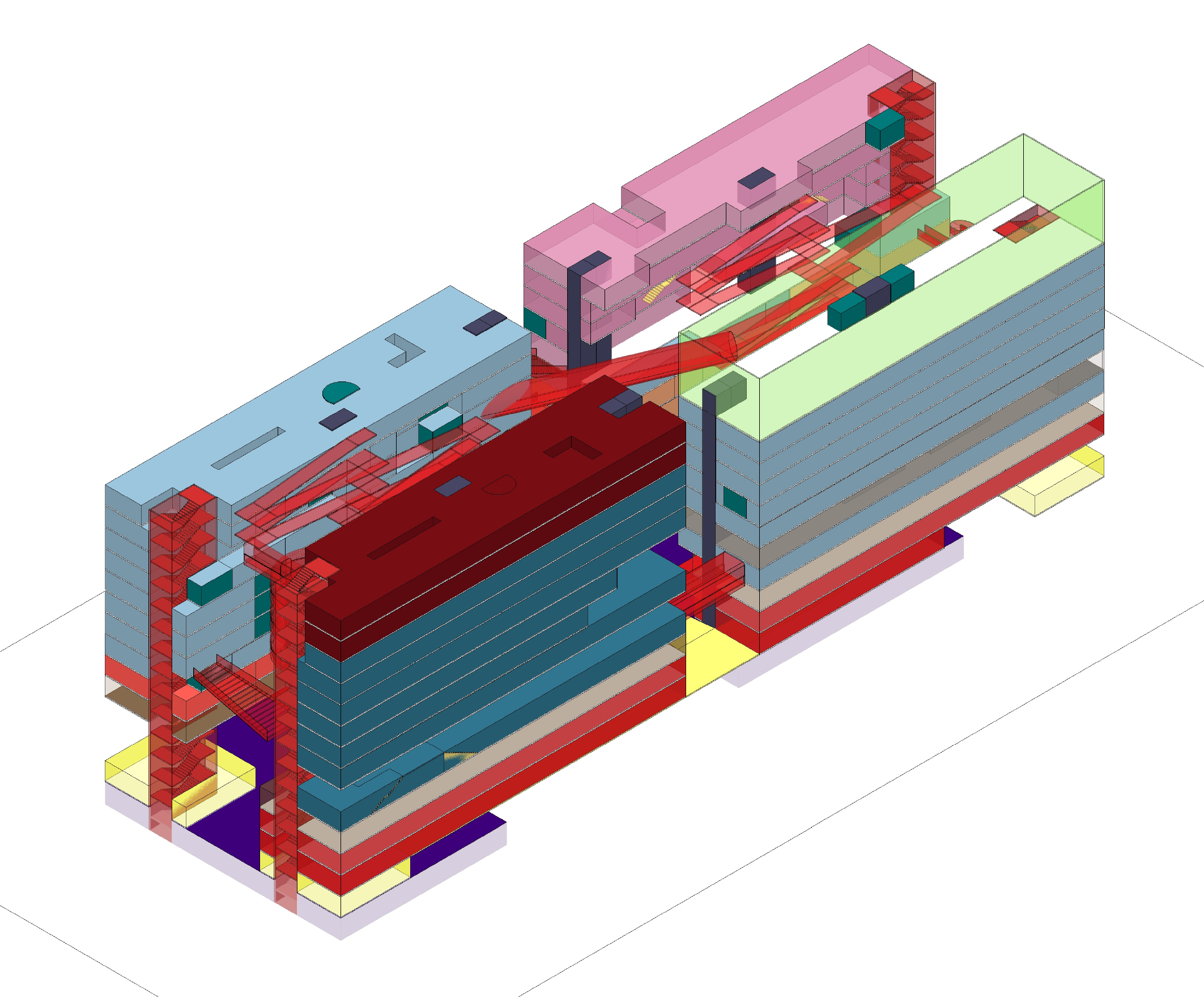
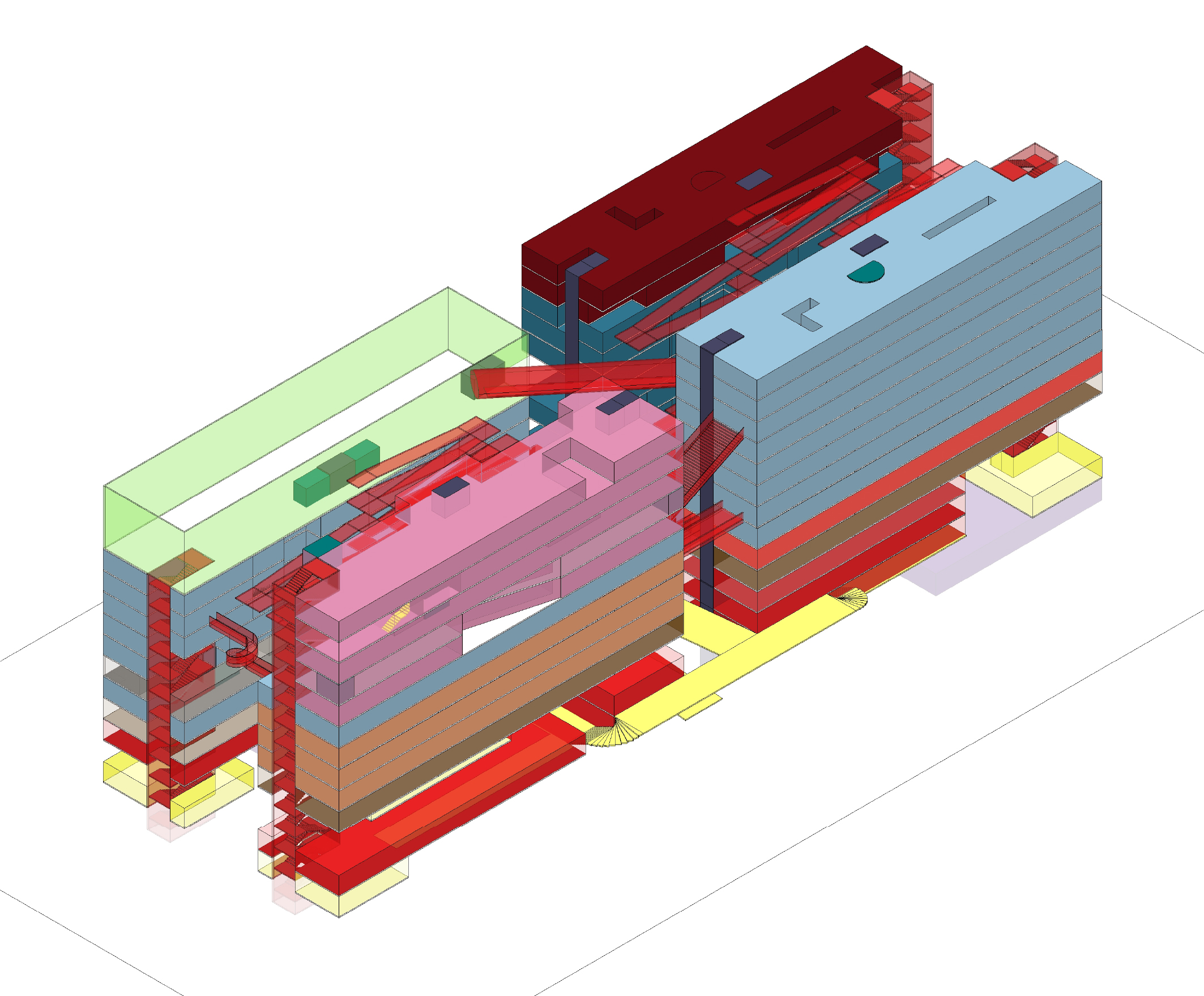

Design Organization: Site, Movement, Functions
1. Equitable Future
Instead of inflicting these horrible punishments, it would be far more to the point to provide everyone with some means of livelihood, so that nobody’s under the frightful necessity of becoming first a thief and then a corpse.
— Sir Thomas More, Utopia
When the demand for punishment and retribution reduced, crime rates plummeted and something that would be unbelievable in a capitalist country happened. Jails were abandoned.
This did not happen overnight. It took a while after the resources were redistributed. This initiative was coupled with the attempt to curb rampant corruption and finally, the government was able to raise the poverty line.
2. Jails didn’t quite work anymore...
When the population realized that they didn’t really need to steal, extort, or commit fraud, eyes turned to the few criminals still committing crimes. In a poll held by the Police Bureau of Research and Development, 67% of the population wondered whether jailing was really the solution to crime.
NGOs gathered, collectives were built, residential committees formed, and support groups established.
The question now was: if jails wasn’t the answer, what was? This thought created much debate but nothing much could be resolved without solid evidence-based practices. They sought to create various types of centres for long-term care centres. It would clearly establish whether certain interactions and environment worked towards reducing the extremities of anti-social behaviour, violence and anxiety.
Instead of inflicting these horrible punishments, it would be far more to the point to provide everyone with some means of livelihood, so that nobody’s under the frightful necessity of becoming first a thief and then a corpse.
— Sir Thomas More, Utopia
When the demand for punishment and retribution reduced, crime rates plummeted and something that would be unbelievable in a capitalist country happened. Jails were abandoned.
This did not happen overnight. It took a while after the resources were redistributed. This initiative was coupled with the attempt to curb rampant corruption and finally, the government was able to raise the poverty line.
2. Jails didn’t quite work anymore...
When the population realized that they didn’t really need to steal, extort, or commit fraud, eyes turned to the few criminals still committing crimes. In a poll held by the Police Bureau of Research and Development, 67% of the population wondered whether jailing was really the solution to crime.
NGOs gathered, collectives were built, residential committees formed, and support groups established.
The question now was: if jails wasn’t the answer, what was? This thought created much debate but nothing much could be resolved without solid evidence-based practices. They sought to create various types of centres for long-term care centres. It would clearly establish whether certain interactions and environment worked towards reducing the extremities of anti-social behaviour, violence and anxiety.
3. Social Reformation
One cannot say crime has come to a halt. There are still stories you read and hear about situations gone awry but it has become a rarity. As if to define the last few decades, there was a ripple felt by the general public. Alienation of punishment and negative reinforcement was championed through schools across the country. The form of the prison was forgotten or reviled.
A sort of utopia was created when society’s ideals were radically changed through these series of events. Smaller things like questions of background checks during the hiring process, use of CCTV cameras, and need for security took a backseat.
4. Retrofitting Jails
But the jails were still there, standing strong, and were still a reminder of the country’s sordid past. The public stormed it so as to negate the keep out/keep in mindset that came with penal architecture. The structures became multipurpose. Playschools, vocational training, floor after floor, all you could find was the opportunity to engage and learn.
The top floor holds vipassana retreats now. As the city noises finally fade away after the 10th floor. It offers a picturesque view of the city to contemplate and reflect one’s role in the world.
One cannot say crime has come to a halt. There are still stories you read and hear about situations gone awry but it has become a rarity. As if to define the last few decades, there was a ripple felt by the general public. Alienation of punishment and negative reinforcement was championed through schools across the country. The form of the prison was forgotten or reviled.
A sort of utopia was created when society’s ideals were radically changed through these series of events. Smaller things like questions of background checks during the hiring process, use of CCTV cameras, and need for security took a backseat.
4. Retrofitting Jails
But the jails were still there, standing strong, and were still a reminder of the country’s sordid past. The public stormed it so as to negate the keep out/keep in mindset that came with penal architecture. The structures became multipurpose. Playschools, vocational training, floor after floor, all you could find was the opportunity to engage and learn.
The top floor holds vipassana retreats now. As the city noises finally fade away after the 10th floor. It offers a picturesque view of the city to contemplate and reflect one’s role in the world.